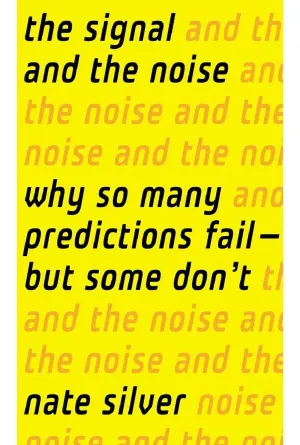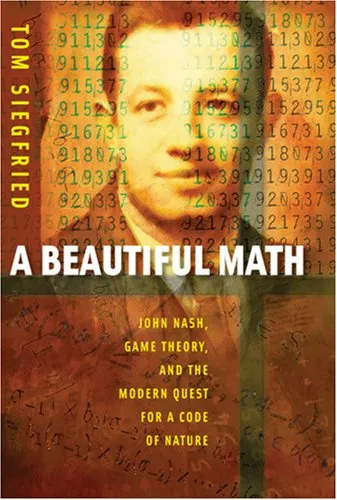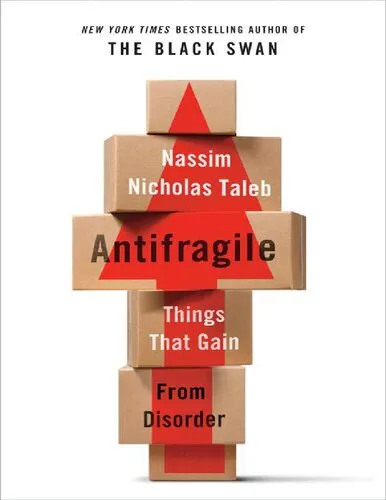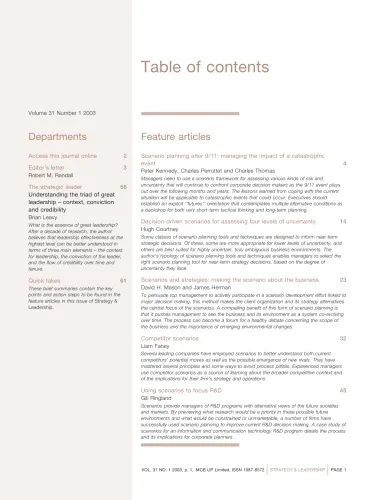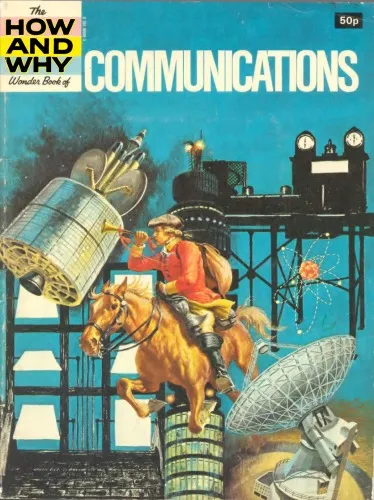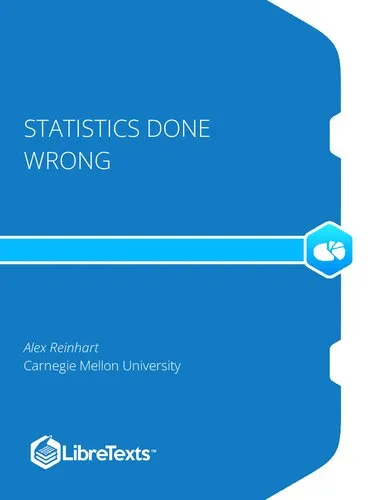The Signal and the Noise Why So Many Predictions Fail — but Some Don't
4.5
Reviews from our users

You Can Ask your questions from this book's AI after Login
Each download or ask from book AI costs 2 points. To earn more free points, please visit the Points Guide Page and complete some valuable actions.Related Refrences:
Introduction to 'The Signal and the Noise: Why So Many Predictions Fail — but Some Don't'
In 'The Signal and the Noise: Why So Many Predictions Fail — but Some Don't', I delve into the complexities of making accurate predictions in a world filled with uncertainty. This book dissects the mechanisms of forecasting across various domains, including economics, medicine, politics, and more. The goal is to understand why some predictions succeed while others fail miserably.
Detailed Summary of the Book
In 'The Signal and the Noise', I explore the dichotomy between signals—the meaningful information—and noise—the random, unstructured data that confuses and obscures. By investigating both historical and contemporary cases, I take readers through examples of successful predictions and spectacular failures. The book emphasizes the importance of probability, uncertainty, and humility in predictive practices.
Throughout the chapters, domains such as meteorology, economics, baseball sabermetrics, and epidemiology are examined. I illustrate how experts in each field utilize data and models to interpret the likelihood of future events. A critical aspect of the book is the emphasis on Bayesian thinking, a statistical method that involves updating probabilities as new evidence emerges. By promoting this approach, I advocate for a more nuanced and cautious stance towards predictions.
Key Takeaways
- Embrace Uncertainty: Predictions inherently involve uncertainties, and acknowledging this fact is crucial for accuracy.
- Distinguishing Signal from Noise: The ability to differentiate relevant data (signals) from irrelevant data (noise) is essential for sound decision-making.
- Bayesian Thinking is Vital: Updating beliefs with new evidence and thinking probabilistically enhances the predictive process.
- Overconfidence is Detrimental: Many predictive failures can be attributed to overconfidence and an underestimation of uncertainty.
- Cross-disciplinary Insights: Learning from various fields enriches our understanding of prediction and improves outcomes.
Famous Quotes from the Book
"The signal is the truth. The noise is what distracts us from the truth."
"Distinguishing the signal from the noise requires both scientific knowledge and self-knowledge."
Why This Book Matters
'The Signal and the Noise' is significant because it addresses the endemic failure in many predictive practices across industries. In an era heavily reliant on data, making accurate predictions has never been more valuable or challenging. The book encourages critical thinking, advocating for a refined approach to understanding and acting upon data.
Furthermore, it underscores the limitations and potentials within predictive models, pressing for a balanced view that combines innovation with skepticism. As we grapple with global crises—be it financial market volatility, climate change, or public health issues—the lessons imparted in this book are timely and necessary, offering a roadmap to more reliable forecasting.
Free Direct Download
You Can Download this book after Login
Accessing books through legal platforms and public libraries not only supports the rights of authors and publishers but also contributes to the sustainability of reading culture. Before downloading, please take a moment to consider these options.
Find this book on other platforms:
WorldCat helps you find books in libraries worldwide.
See ratings, reviews, and discussions on Goodreads.
Find and buy rare or used books on AbeBooks.
1447
بازدید4.5
امتیاز0
نظر98%
رضایتReviews:
4.5
Based on 0 users review
Questions & Answers
Ask questions about this book or help others by answering
No questions yet. Be the first to ask!
